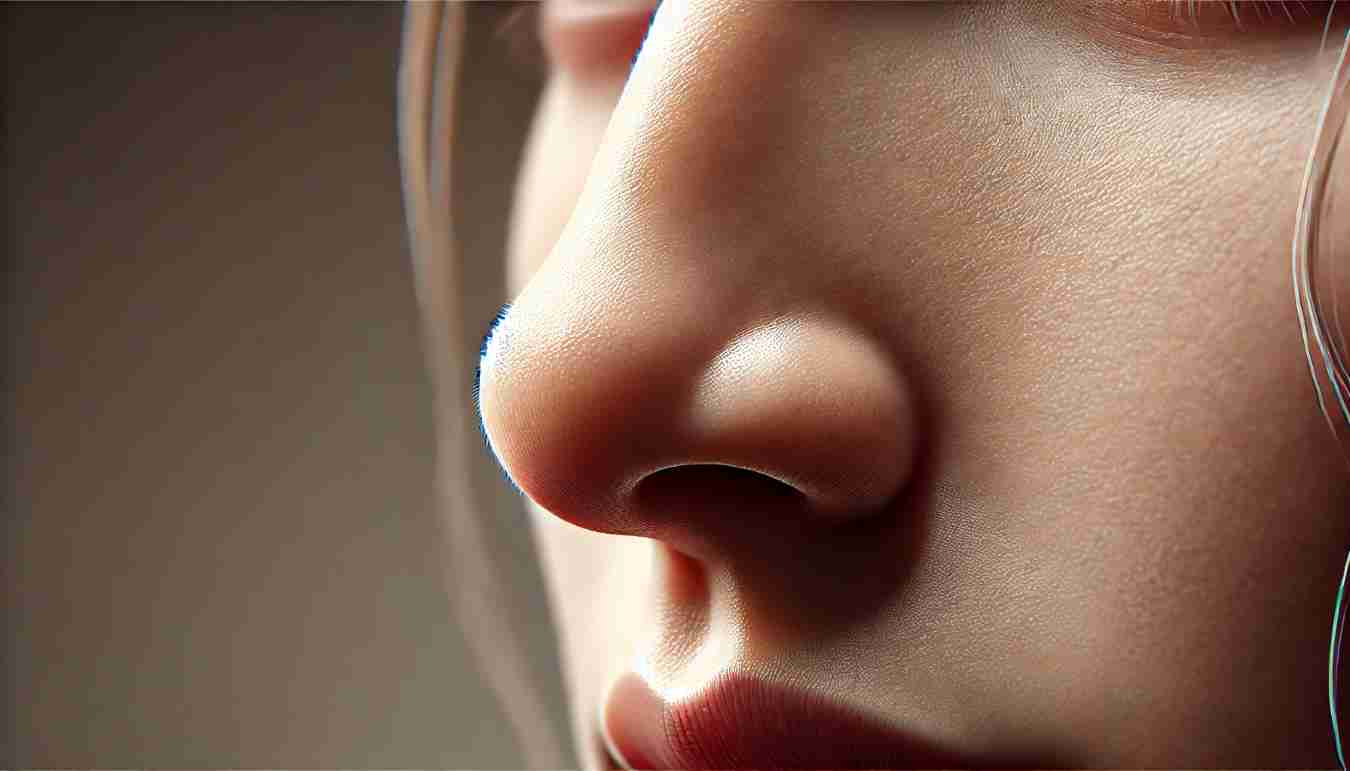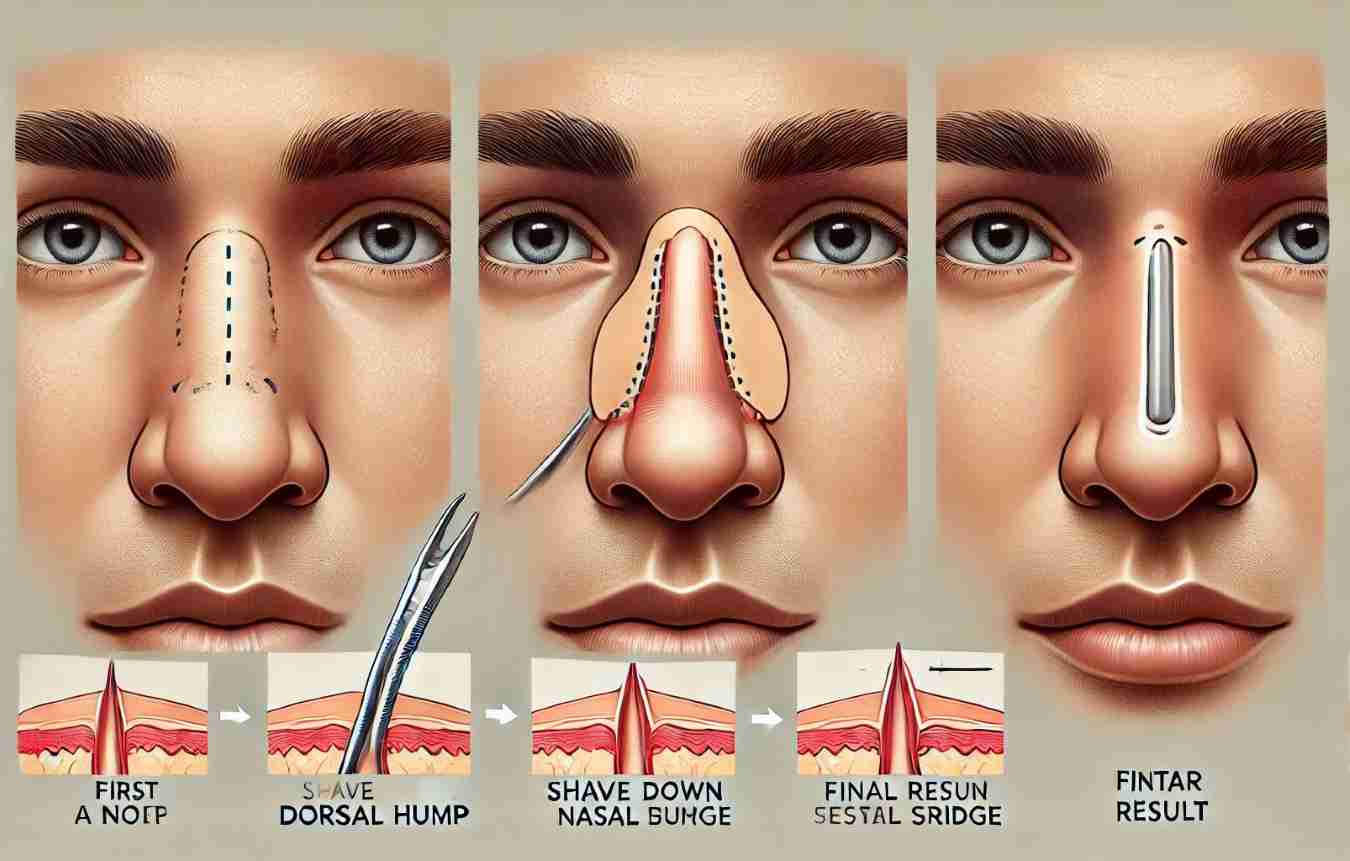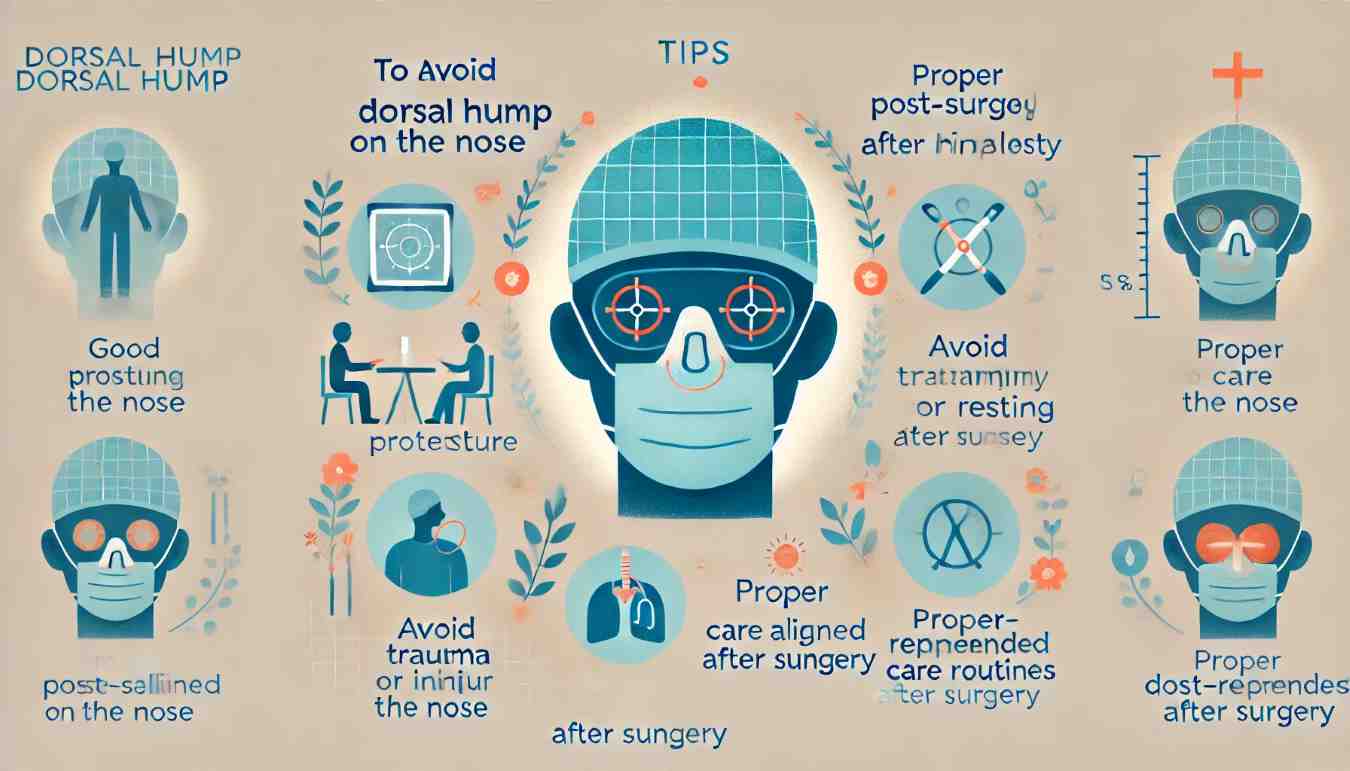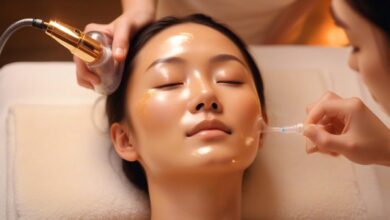Dorsal Hump: How to Fix and Avoid It

What is a Dorsal Hump?
A dorsal hump may occur when the cartilage, bone, or both are not perfectly even. From a profile view, it can often be seen and may arise from heredity, trauma, or other medical issues. To some, it is no more than a cosmetic and confidence issue, but it may be contributing to structural issues in the nose of others.
Causes of Dorsal Hump
Genetics
In cases where either parent or both parents have a dorsal hump, there is increased likelihood their offspring could develop one. In childhood, this may be less marked, but as the child grows, there are often changes in the shape of the nose that occur with puberty. It is the natural result of growth and can bring out very subtle nasal characteristics that amplify the hump over time.
Injury or Trauma
A dorsal hump can result from injuries or trauma to the nose. If cartilage or bone doesn’t heal evenly after a bruise or fracture, a visible bump may develop. Interestingly, some dorsal humps arise from self-inflicted habits. Actions like nose-picking, plucking nasal hairs, or getting a nose piercing can irritate the area, encouraging the growth of bacteria or fungi. If untreated, this irritation may lead to infections and cause a dorsal bump.
Additionally, weakened tissue becomes vulnerable to further trauma, even from minor scratches. Proper care after injuries and avoiding harmful habits are essential for preventing these complications, especially in young individuals, as smoking or tobacco use can further hinder recovery.

Medical Conditions
A deviated septum, chronic allergies, nasal polyps, or boils can reshape the nose over time.
Deviated Septum: This occurs when the cartilage wall between the nostrils shifts from its central position. It can lead to breathing difficulties and may cause a dorsal hump. Septoplasty is often performed to realign the septum.
Allergies: Chronic swelling of nasal tissues caused by persistent allergies or sinus issues can result in a bump forming on the bridge of the nose.
Nasal Polyps: These are non-cancerous growths along the nasal lining, often triggered by allergies or respiratory problems, leading to a solid bump on the nose.
Boils: Painful, pus-filled lumps caused by bacterial infections, usually originating from Staphylococcus aureus, can develop on the nose. Boils initially appear as red, tender bumps and fill with fluid within 6-7 days, potentially creating the appearance of a hump or bump.
Many of these conditions can be treated through medical intervention either surgically or with targeted therapies to restore both nasal function and appearance.
Non-Surgical Ways to Fix a Dorsal Hump
Dermal Fillers (Non-Surgical Rhinoplasty)
Little injections of hyaluronic acid fillers as a result can be placed on the problem areas, and this will level out those small bumps. Without any downtime, this is just a 10-minute procedure. On the other hand, it is temporary for about 6-12 months and would need to be done repetitively.
Makeup Contouring
This is cosmetic, but it helps reduce the bump and makes the nose look smoother.
Ice Packs for Trauma-Related Swelling
If the bump appears immediately after an injury, icing swelling will stop and therefore cause that hump not to settle in permanently.

Surgical Options for Permanent Correction
Rhinoplasty (Nose Surgery)
Rhinoplasty is the most effective way to remove a dorsal hump permanently. The surgeon reshapes the bone and cartilage to create a smoother bridge. This can be performed as an open or closed rhinoplasty depending on the extent of correction needed.
- Open Rhinoplasty involves external incisions for more precise reshaping.
- Closed Rhinoplasty makes incisions inside the nostrils, though it is less common for large humps.
Septorhinoplasty
If the hump is associated with a deviated septum, a septorhinoplasty is recommended. This corrects both the appearance and breathing issues simultaneously.
Osteotomies for Severe Cases
In cases where the hump is large or the nasal bones need realignment, controlled fractures called osteotomies are performed to reshape the nose effectively.
Recovery and Aftercare
It can be weeks before a rhinoplasty fully heals. Swelling and bruising are normal after the operation, it will generally settle in six weeks. It Is suggested that patients rest and try not to do too much, so the body can heal. You must wear a nose splint for a week after surgery to protect its new shape.

Tips to Avoid a Dorsal Hump
Protect Your Nose from Trauma
Exactly what can be done to reduce the likelihood of developing a trauma-related hump would involve wearing protective gear when participating in sports and taking steps not to impact the nose directly.
Address Allergies and Nasal Issues Early
Early treatment of allergies and nasal disorders can prevent permanent structural changes in the nose.
Choose Qualified Surgeons for Procedures
When contemplating rhinoplasty, doing so with a licensed facial plastic surgeon is critical to getting high-quality and safe results. Unfortunately, bad mismanaged surgery can also make a nasal profile worse rather than better.
The Bottom Line
A dorsal hump can be fixed with a filler injection or permanently removed with surgery. Although the operation provides long-lasting results, non-surgical procedures offer temporary solutions for those who prefer minimal intervention but want quick adjustments to their appearance. Stay proactive by ensuring early treatment for underlying causes, protecting your nose from trauma, and consulting with experts to effectively manage or prevent dorsal humps, whether you are currently dealing with them or concerned about future risks.




